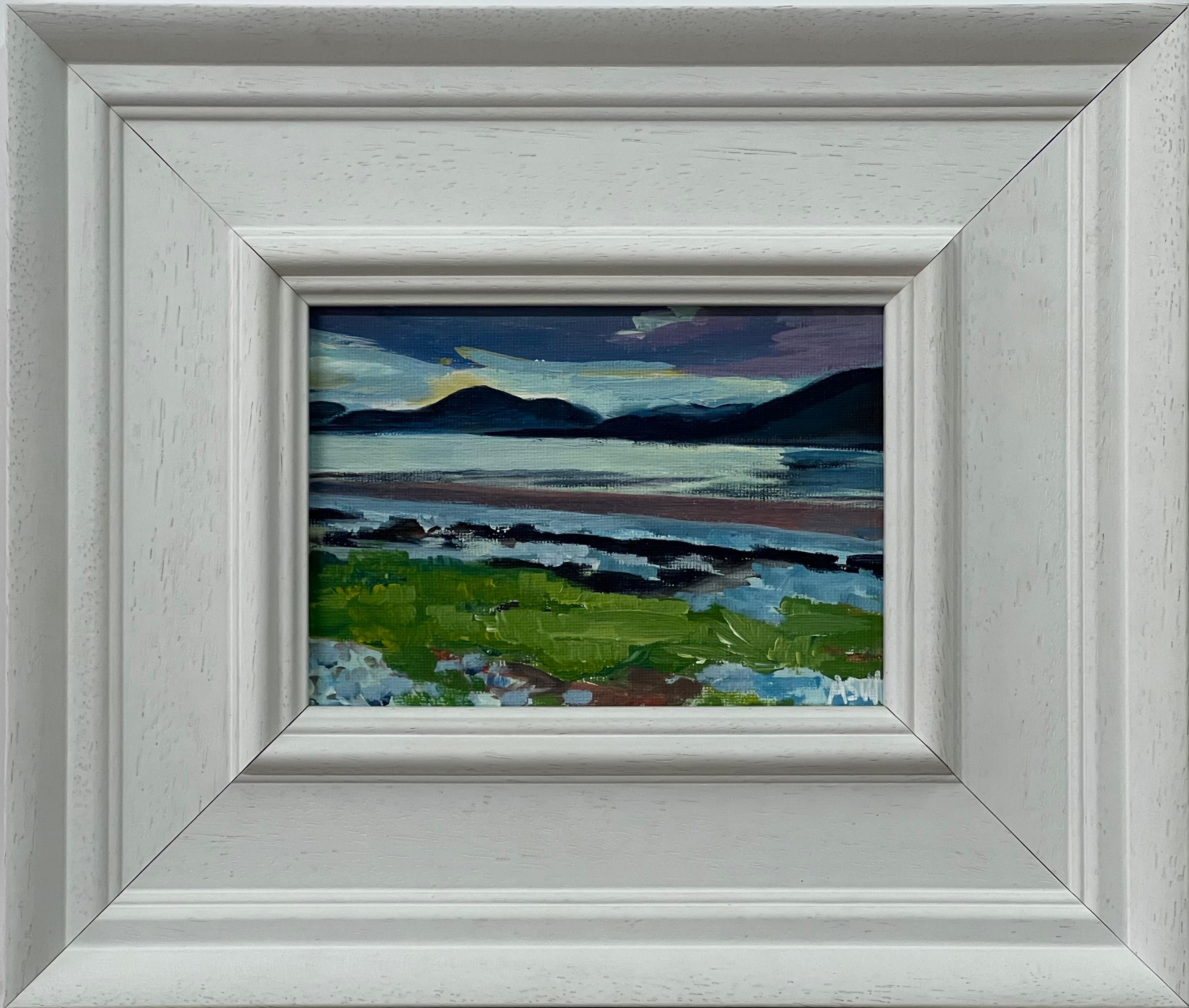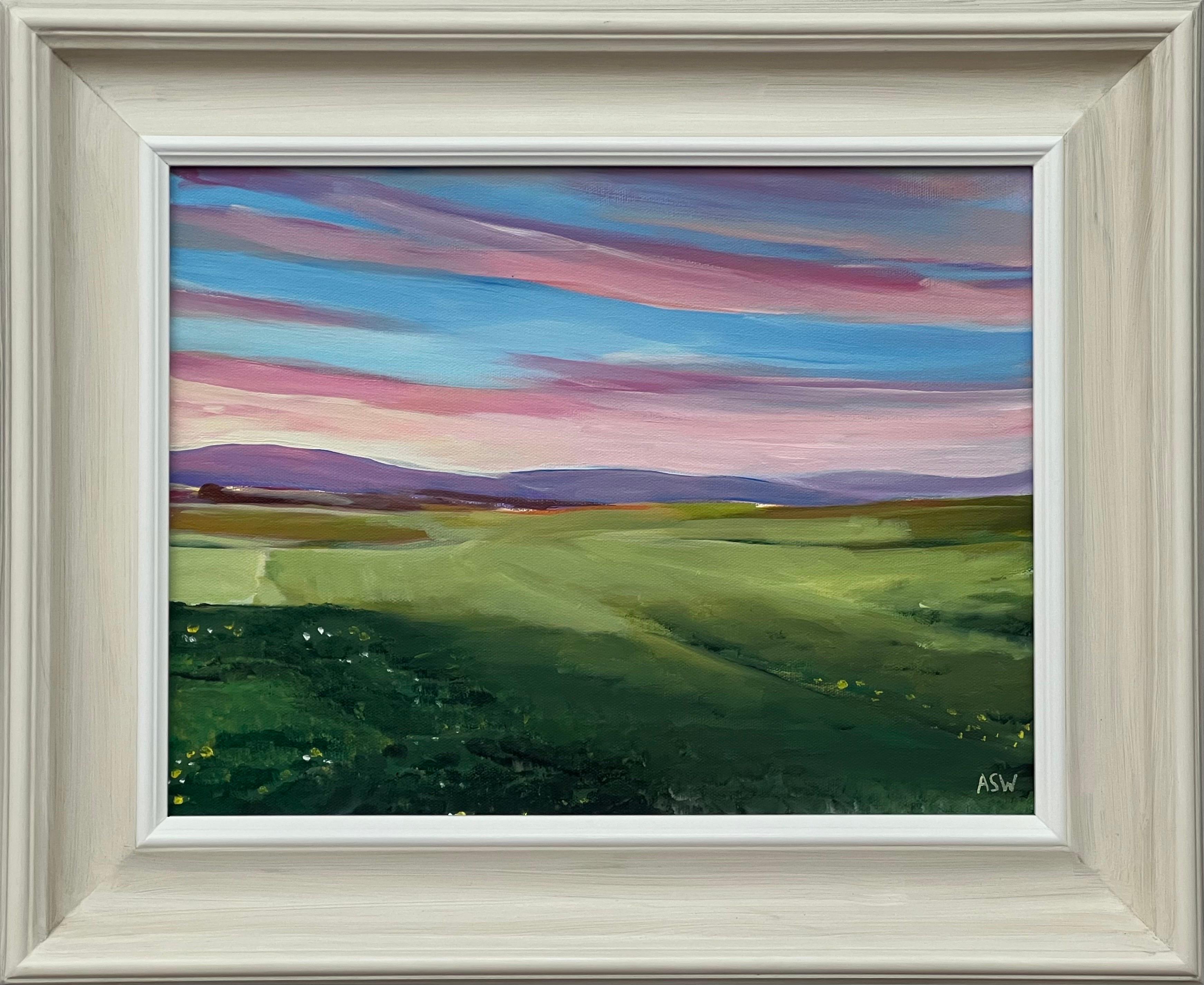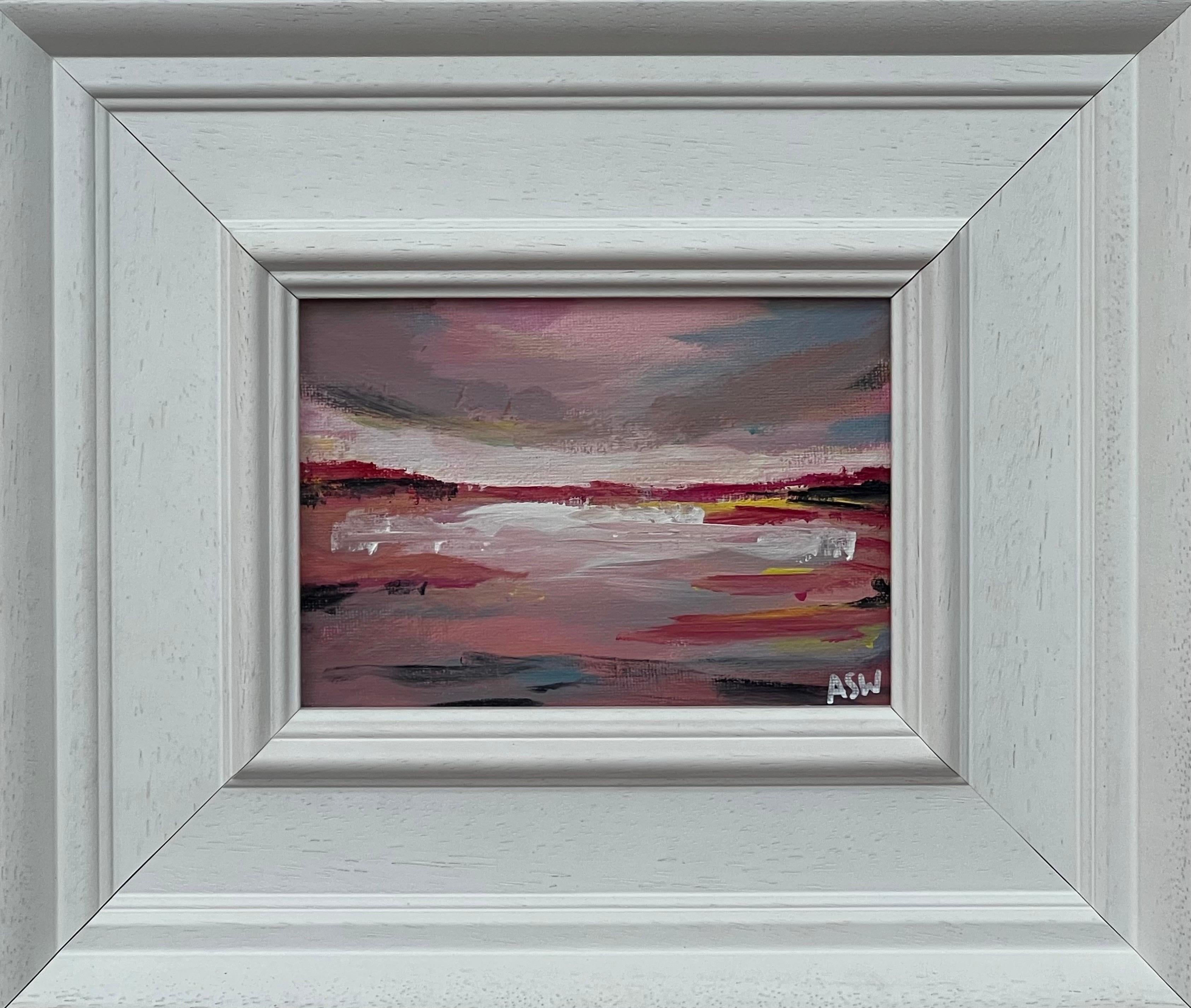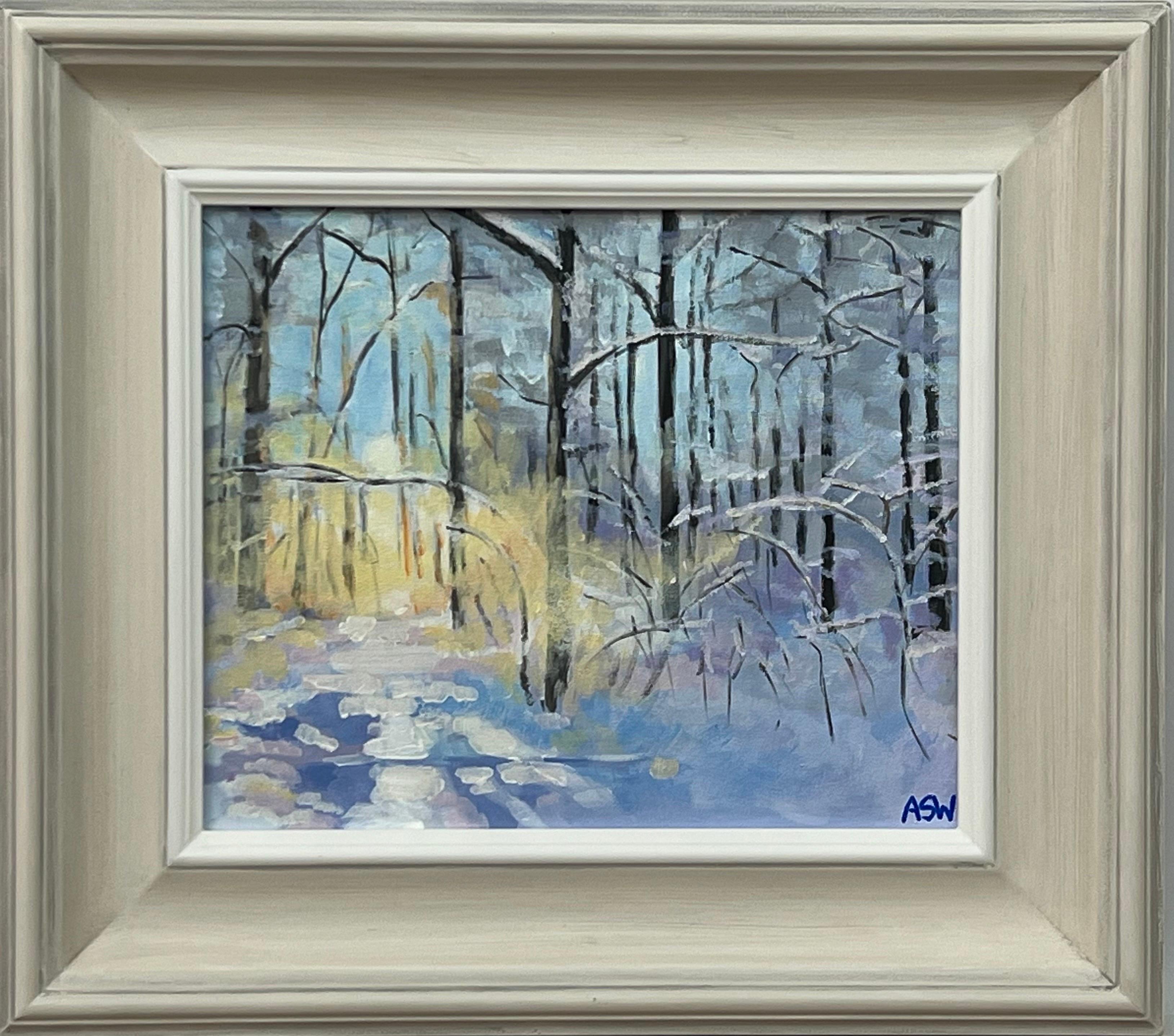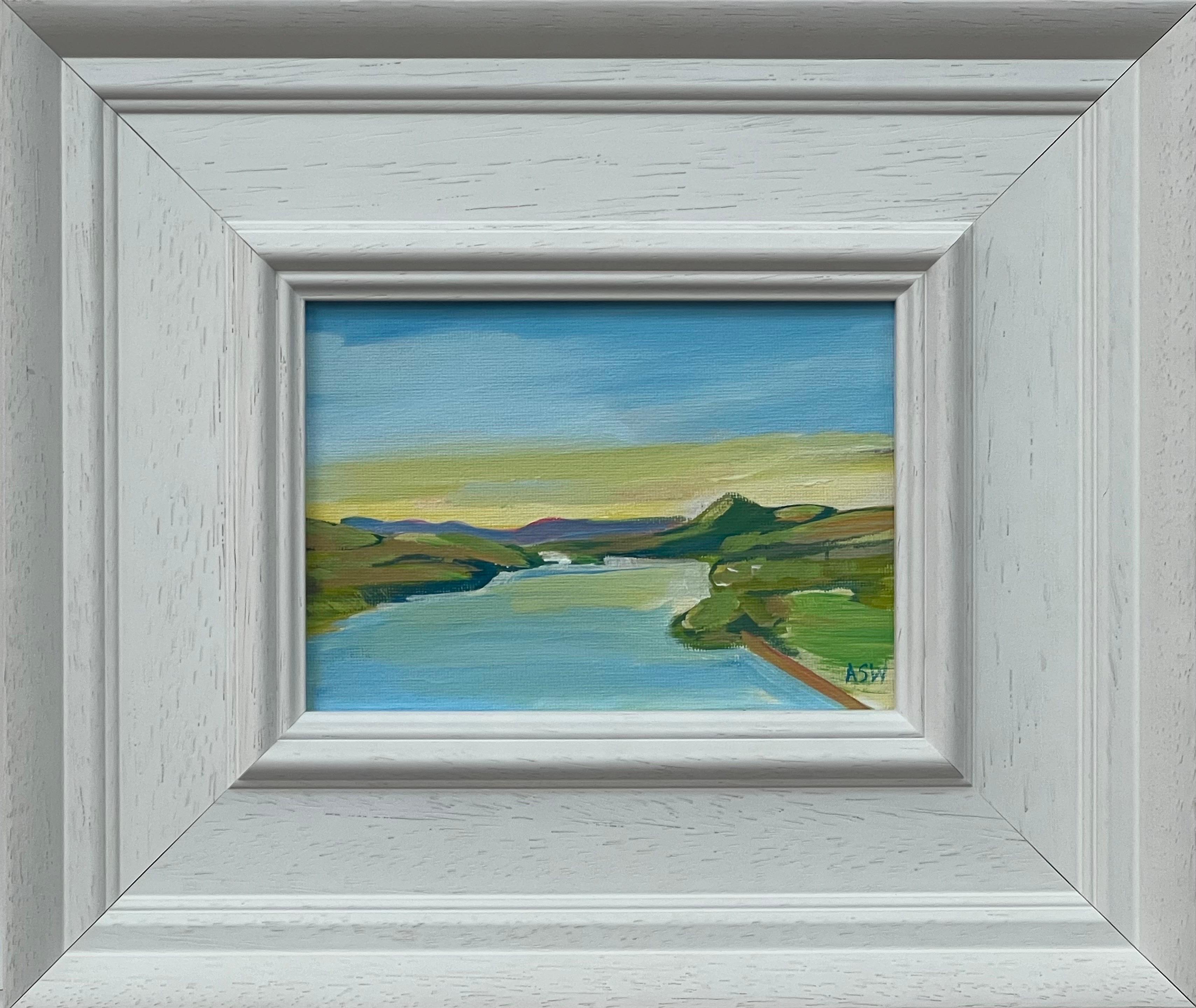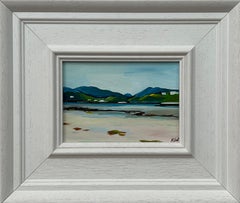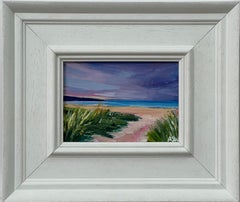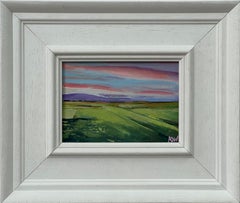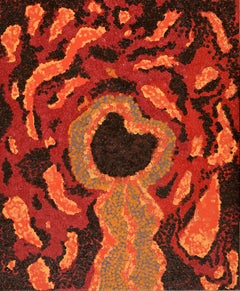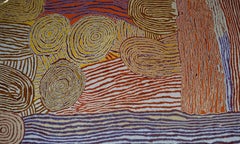Angela WakefieldMiniature Abstract Painting Turquoise Background by Contemporary British Artist2024
2024
About the Item
- Creator:Angela Wakefield (1978, British)
- Creation Year:2024
- Dimensions:Height: 10 in (25.4 cm)Width: 12 in (30.48 cm)Depth: 2 in (5.08 cm)
- Medium:
- Movement & Style:
- Period:
- Condition:
- Gallery Location:Preston, GB
- Reference Number:1stDibs: LU817314268452
Angela Wakefield
Angela Wakefield has twice been on the front cover of Art of England and featured in ARTnews, attracting international attention and critical acclaim with her urban landscape paintings of New York, London and the North of England.
Wakefield's style of painting has been described as "Contemporary Realism," and is often favorably compared to Edward Hopper by collectors and art critics. Her work is held in private collections in Europe and the USA, including the British Royal Family.
Wakefield's admirers include leading figures in international business, filmmaking and the media.
Find original Angela Wakefield paintings and other art on 1stDibs.
(Biography provided by Ascot Studios)
- ShippingRetrieving quote...Ships From: Preston, United Kingdom
- Return PolicyA return for this item may be initiated within 7 days of delivery.
More From This Seller
View All2010s Contemporary Landscape Paintings
Canvas, Paint, Cotton Canvas, Acrylic, Board
2010s Contemporary Landscape Paintings
Canvas, Paint, Cotton Canvas, Acrylic, Board
2010s Contemporary Landscape Paintings
Canvas, Paint, Cotton Canvas, Acrylic, Board
2010s Contemporary Landscape Paintings
Canvas, Paint, Cotton Canvas, Acrylic, Board
2010s Contemporary Landscape Paintings
Canvas, Paint, Cotton Canvas, Acrylic, Board
2010s Contemporary Landscape Paintings
Canvas, Paint, Cotton Canvas, Acrylic, Board
You May Also Like
2010s Contemporary Abstract Paintings
Cotton Canvas, Acrylic
2010s Contemporary Abstract Paintings
Canvas, Dye, Emulsion, Cotton Canvas, Archival Ink, Mixed Media, Acrylic...
2010s Contemporary Abstract Paintings
Canvas, Dye, Emulsion, Cotton Canvas, Archival Ink, Mixed Media, Acrylic...
2010s Contemporary Abstract Paintings
Linen, Cotton Canvas, Acrylic
2010s Contemporary Abstract Paintings
Linen, Cotton Canvas, Acrylic
2010s Contemporary Abstract Paintings
Linen, Cotton Canvas, Acrylic
